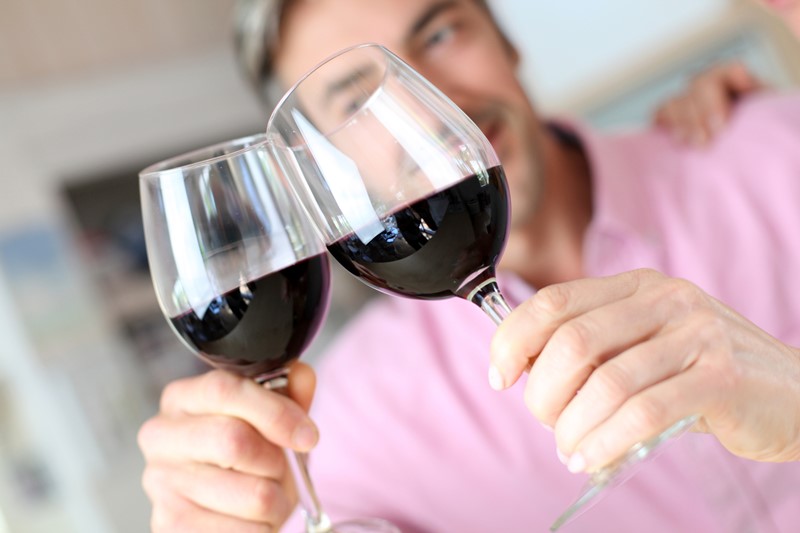The 5 Pillars of Red Wine Enjoyment
From grape varieties to food pairings: a holistic approach

In a world where red wine reigns supreme, it's paramount to know the secrets to fully enjoy its richness. From choosing the right grape variety to understanding how to pair it with food, the journey to maximizing your red wine experience involves multiple considerations. This article delves into five key aspects that every red wine enthusiast should be mindful of: grape variety, service temperature, glassware, food pairing, and an ever-evolving palate.
Grape Varieties: The Soul of Red Wine
The global wine market is brimming with red wine brands from traditional to nouveau. It's noteworthy that consumers are increasingly leaning toward small, innovative producers over the established giants. Among the myriad grape varieties, Cabernet Sauvignon stands as the uncrowned queen. Its omnipresence across wine regions guarantees a consistent color depth, fruity and herbal aromas, and a robust body.
Merlot, despite being the grape behind some of the world's most renowned wines, tends to be overlooked outside its Bordeaux homeland. Other classic but often-underappreciated varieties include Malbec and Carmenere, both of which have found newfound glory in South American soils. For those seeking spiciness, Syrah is the answer, whereas Pinot Noir appeals to those enchanted by elegance and subtlety.
The Ideal Service Temperature: Setting the Stage for Taste
Temperature significantly impacts how wine tastes. For young reds, a service temperature of 12º-14ºC is advisable, just cool enough to be refreshing. Reserve wines, with their complex flavors, are best served at 14º-17ºC, a range that avoids emphasizing tannins unduly. For grand reserve wines, aim for 16º-18ºC to reveal the wine's full personality. While these are general guidelines, the essential factor is to avoid serving the wine too hot or too cold; you can adjust by briefly chilling the bottle before serving.
Choosing the Right Glass: A Vessel for the Senses
The shape of the glass can alter your perception of wine significantly. For lighter wines like Pinot Noir, a wider glass calyx helps balance its high acidity. For medium-bodied wines like Malbec, a slightly more tapered glass focuses the wine towards the center of your mouth, enhancing its velvety texture. In the case of bold Bordeaux blends, a large glass allows the wine's aromatic complexity to fill the calyx, creating a harmonious tasting experience.
Food Pairing: The Perfect Complement
Pairing red wine with food depends largely on the body of the wine. Lighter reds often pair well with semi-hard cheeses like Gouda or Fontina. For medium to full-bodied reds, hard cheeses like Provolone or Reggianito are suitable partners. If pasta is on the menu, ensure that the sauce or filling includes meat to complement the richness of red wine.
A Palate in Evolution: The Journey is the Reward
Sticking to the same grape variety can lead to a monotonous wine journey. The joy of wine lies in exploring new grapes, producers, and terroirs. This not only enriches your understanding of the world of wine but also makes each glass a discovery in itself.
In conclusion, the complex world of red wine offers endless possibilities for exploration and enjoyment. By giving careful thought to grape varieties, service temperature, glass shape, food pairing, and continuously diversifying your selections, you not only enrich your palate but also elevate your overall wine experience.
Founded in 2007, Vinetur® is a registered trademark of VGSC S.L. with a long history in the wine industry.
VGSC, S.L. with VAT number B70255591 is a spanish company legally registered in the Commercial Register of the city of Santiago de Compostela, with registration number: Bulletin 181, Reference 356049 in Volume 13, Page 107, Section 6, Sheet 45028, Entry 2.
Email: [email protected]
Headquarters and offices located in Vilagarcia de Arousa, Spain.